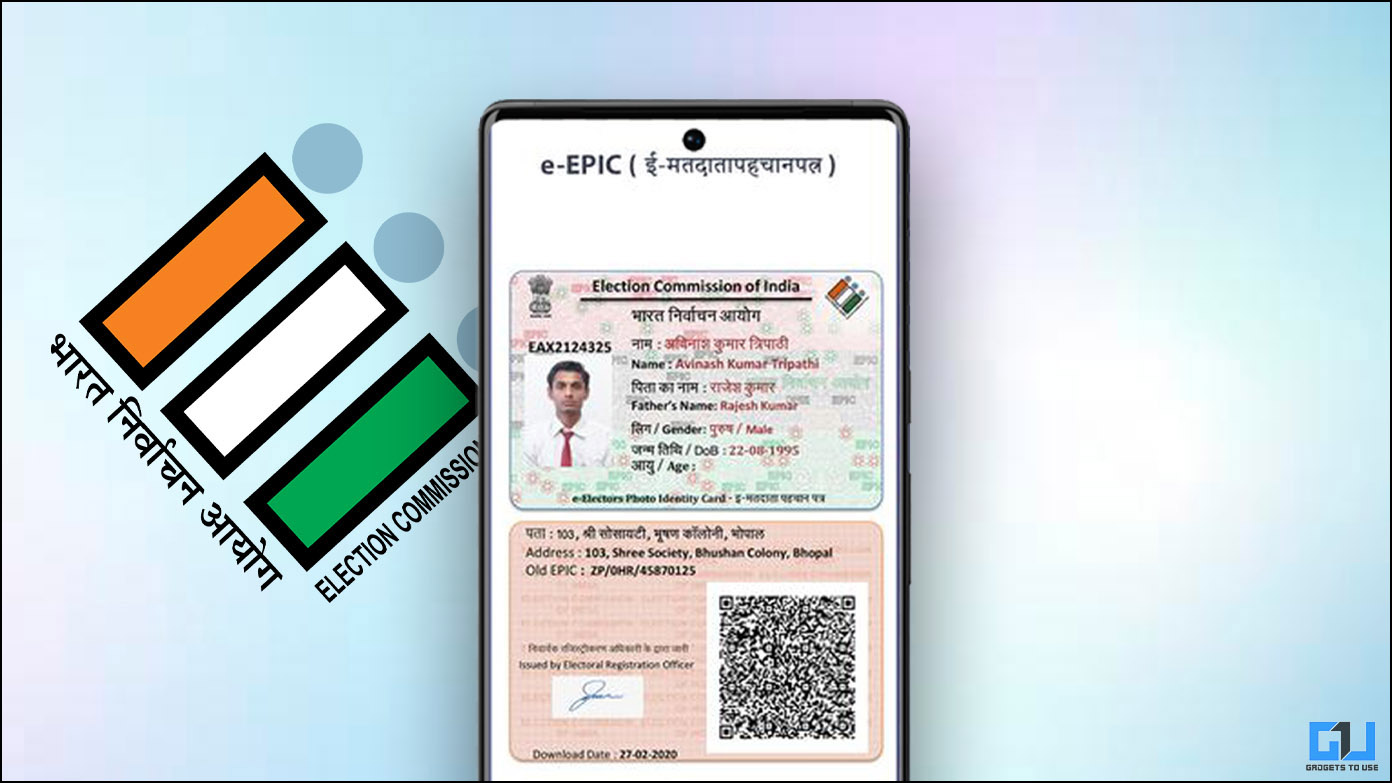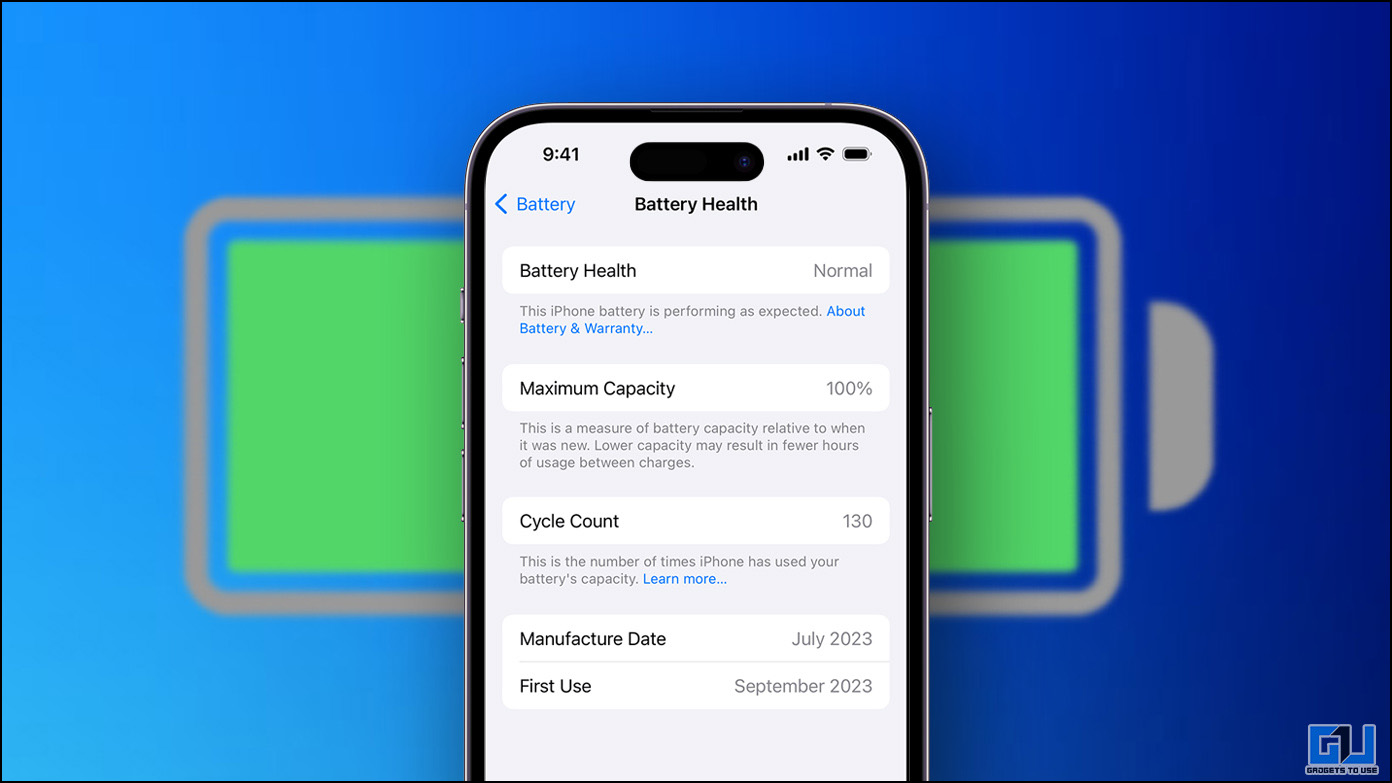Unmanned Aerial Vehicles (UAV), or drones as we know them, are very useful to almost all sectors of the economy. Be it agriculture, infrastructure, surveillance, transportation, or entertainment, all the industries use these new-age aircraft as per their needs. Previously, flying drones in India had many restrictions, but today Ministry of Civil Aviation, GOI, announced liberalized new drone rules in India. Read further for details.
As per the Government, drones can be beneficial for employment and economic growth due to their versatility, and ease of use. PM Modi tweeted about the new rules saying that these rules will help start-ups and open up new possibilities for business.
The new Drone Rules will tremendously help start-ups and our youth working in this sector. It will open up new possibilities for innovation & business. It will help leverage India’s strengths in innovation, technology & engineering to make India a drone hub.
— Narendra Modi (@narendramodi) August 26, 2021
New Drone Rules in India 2021
Back in March 2021, the Ministry of Civil Aviation published the Drone Rules, 2021, with the help of academia, startups, end-users, and others. Those rules were restrictive, involved much paperwork, permissions for every flight, and also there were very few free fly zones.
Based on those rules’ feedback, the Government has now decided to repeal those rules, and replace them with the new liberalized Drone Rules 2021.
1. The new rules are made on the basis of trust, self-certification, and non-intrusive monitoring.
2. These rules are designed to pave the way for phenomenal growth while balancing safety and security considerations.
3. Several Approvals Abolished: The government has abolished several approvals, which you will not need an approval of the following for flying drones in India-
- Unique authorization number,
- unique prototype identification number,
- certificate of manufacturing and airworthiness,
- certificate of conformance,
- certificate of maintenance,
- import clearance,
- acceptance of existing drones,
- operator permits,
- authorization of R&D organization,
- student remote pilot license,
- remote pilot instructor authorization,
- drone port authorization, etc.
4. The number of forms to take permission of flying drones is now reduced from 25 to 5.
5. The type of fees is reduced from 72 to just 4.
6. The amount of fee is also reduced to nominal and now it is not linked with the size of the drone. For example, the fee for a remote pilot license has been reduced from Rs. 3000 (for large drones) to Rs. 100 for all categories of drones. It is valid for 10 years.
7. A digital sky platform will be developed as a single-window system. There will be less human interface and most permissions will be self-generated.
8. The airspace maps indicating green, yellow, and red zones will be displayed on this digital sky platform within 30 days after these rules take effect.
9. There will be no permission requirement for flying drones in green zones. The Green Zone is the airspace up to a vertical distance of 400 feet (120 meters) that has not been designated as a red or yellow zone in the airspace map. Moreover, the airspace up to a vertical distance of 200 feet (60 metres) above the area located between a lateral distance of 8 to 12 kms from the perimeter of an operational airport is also can’t be a green zone.
10. Yellow zone is now reduced from 45 km to 12 km from the airport perimeter.
11. No remote pilot license is required for micro drones and nano drones that are used for non-commercial purposes.
12. There will be no requirement for security clearance before the issuance of any drone registration or pilot license.
13. No type certificate, unique identification number, and remote pilot license will be required by R&D entities operating drones in their own or rented premises. However, it should be located in a green zone.
14. There will be no restriction on foreign ownership in Indian drone companies.
15. The import of drones will now be regulated by DGFT.
16. There will be no requirement for import clearance from DGCA.
17. The coverage of drones increased from 300 kg to 500 kg. This will include drone taxis also.
18. DGCA will also prescribe drone training requirements. It will supervise drone schools and also provide pilot licenses online.
19. The remote pilot license will be issued by DGCA within 15 days after receiving the remote pilot certificate from the authorized drone school through the digital sky platform.
20. Testing of drones for issuance of Type Certificate will be carried out by the Quality Council of India or any other authorized testing entity.
21. The ‘Type Certificate’ will be required only when a drone is to be operated in India. The manufacturing of drones for exporting is exempt from type certification as well as unique identification numbers.
22. Nano and model drones (made for research purposes) are also exempted from type certification.
23. Manufacturers and importers can generate their drone’s unique identification number on the digital sky platform through self-certification.
24. An easier process will now be specified for the transfer and deregistration of drones through the digital sky platform.
25. Drones in India bought on or before 30 Nov 2021 will be issued a unique identification number through the digital sky platform provided, they have a DAN, GST-paid invoice, and are among the list of DGCA-approved drones.
26. Standard operating procedures (SOPs) and training procedure manuals (TPMs) will be prescribed by DGCA on the digital sky platform for self-monitoring. No approvals are required unless something is missing from the prescribed procedures.
27. The maximum penalty for violations now is reduced to INR 1 lakh.
28. Safety and security features like no permission–no takeoff, real-time tracking, geo-fencing, etc. will be notified in the future. And a six-month time will be provided to the respective industry for compliance.
29. Government will also develop drone corridors for cargo deliveries based on drones.
30. The government will also set up a Drone Promotion Council with participation from academia, startups, and other stakeholders to facilitate a growth-oriented regulatory of Drones in India.
So these were the new liberalized drone rules 2021 in India. If you still have confusion or a question, you can ask us in the comments!
You can also follow us for instant tech news at Google News or for tips and tricks, smartphones & gadgets reviews, join GadgetsToUse Telegram Group, or for the latest review videos subscribe GadgetsToUse Youtube Channel.



